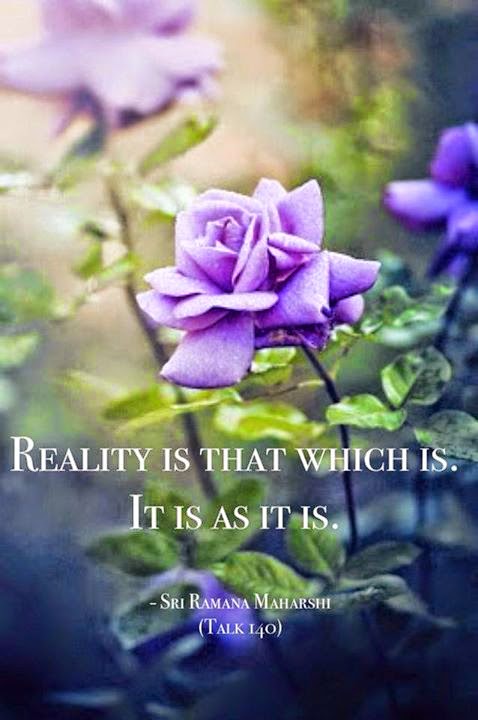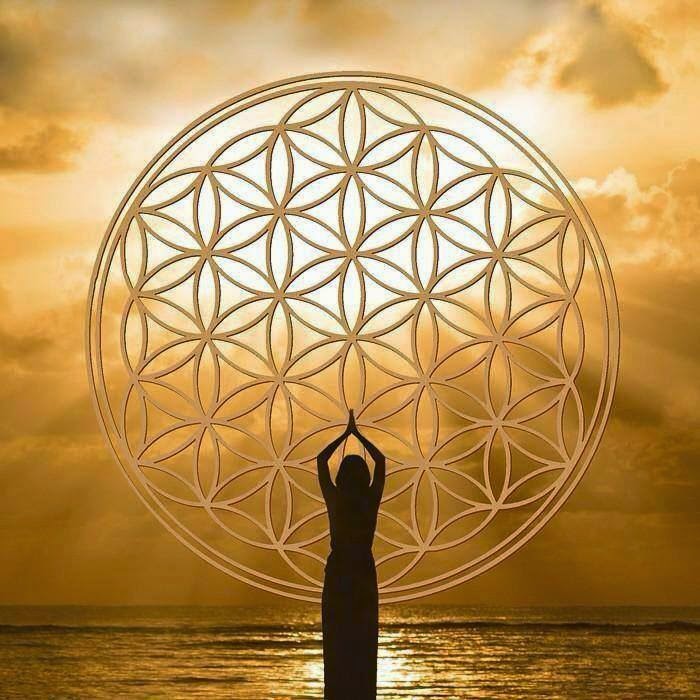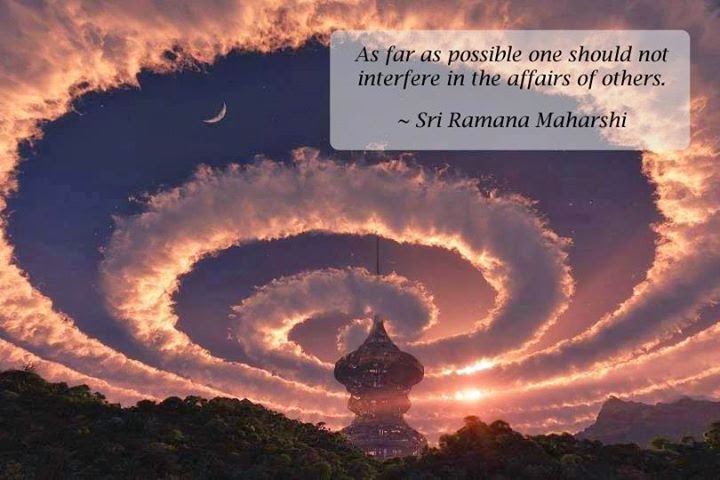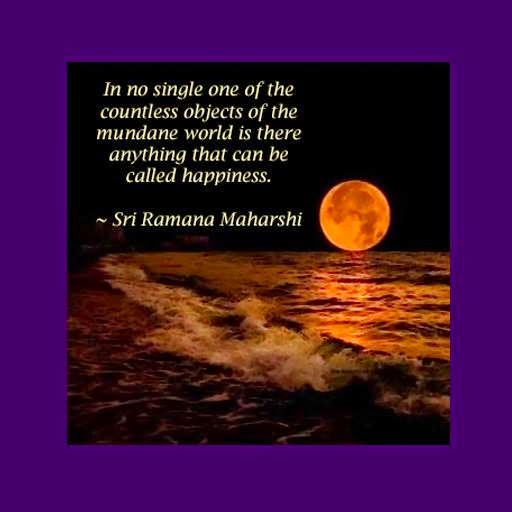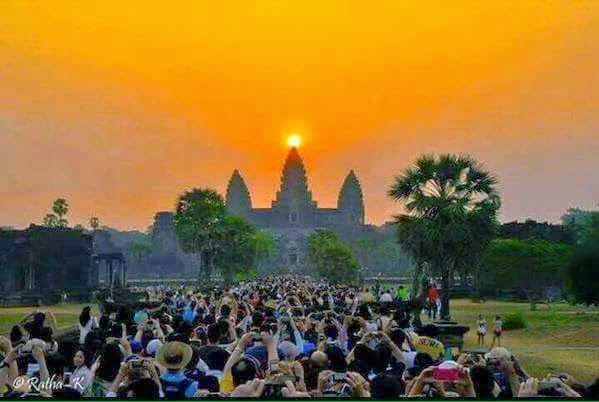Mundakopanishad : ( A look at the rituals ).Mantram-1.

Mundaka-Upanishad Chapter-1. Section-2. ( Rituals ) Mantram-1. ( A look at the rituals ). Discussion-2. "A call to all 'Satya-kama-s' ......" Thus, the section starts with a call to all "SATYAKAMA-S" to follow faithfully the various rituals ordered in all the Veda-s. "They are true," says the Guru --- "True inasmuch as they give the desired results, in case the Karma-s are properly done as advised in the Veda-s." The particular word used here "tretayam" may mean either in the "Treta-yugam" or in the three Veda-s. Next : Discussion-3. the term 'niyatam' ...... To be continued ....




